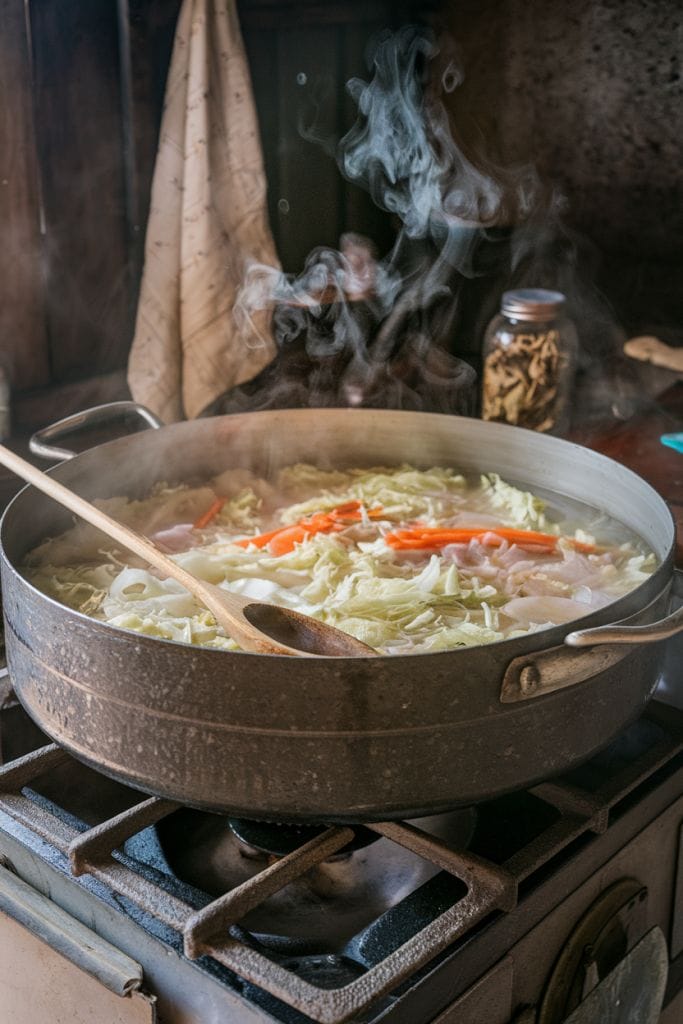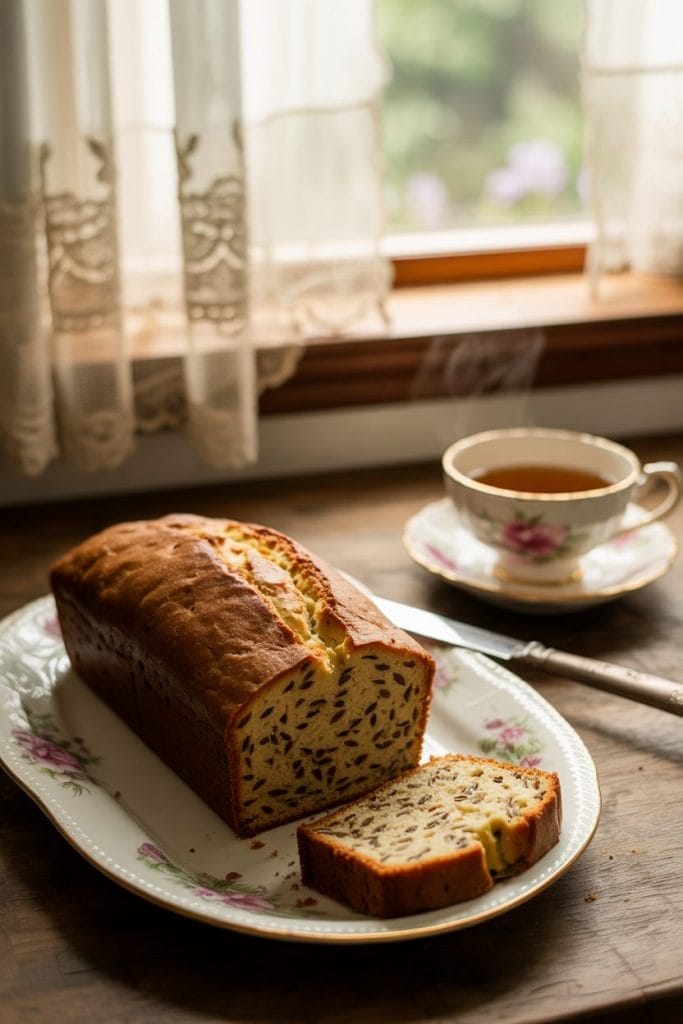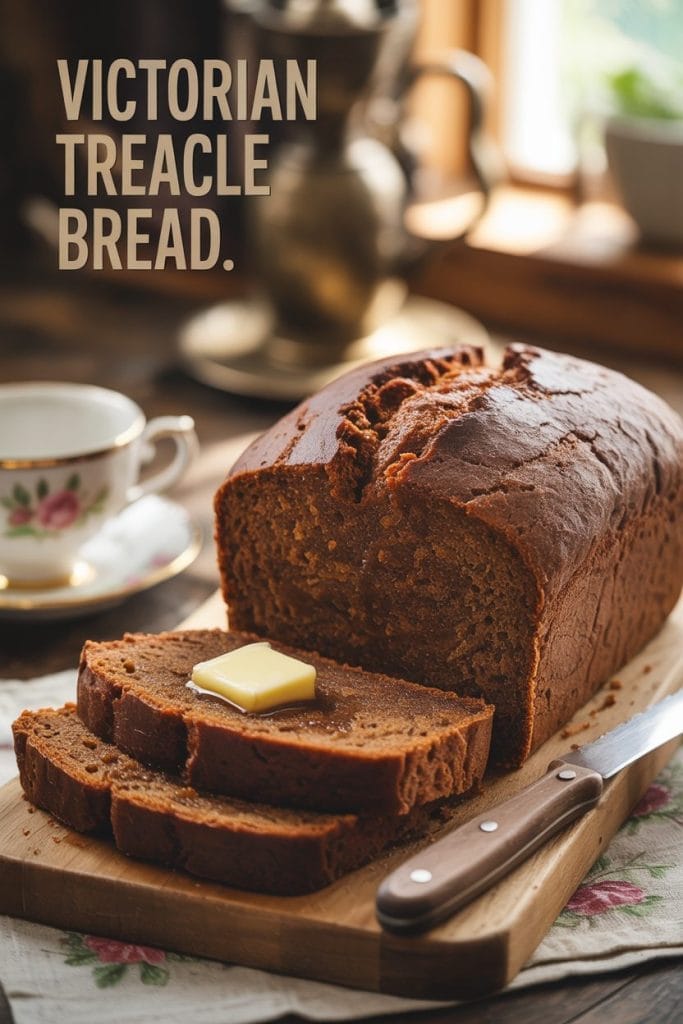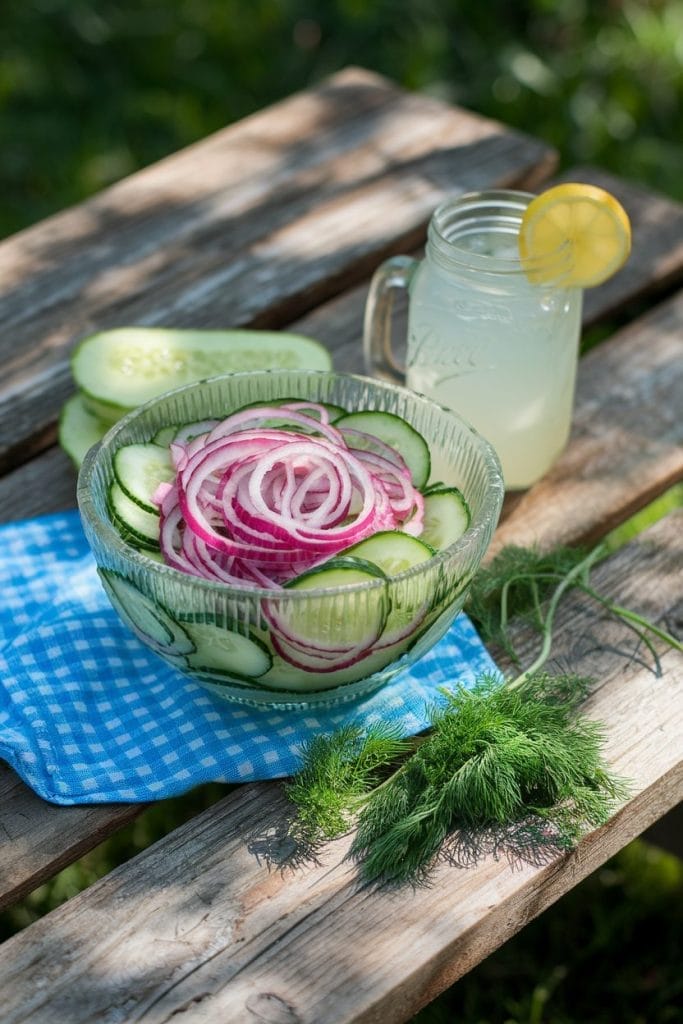Home > Single Recipes > Soviet-Style Cabbage Soup (Shchi) Inspired by WWII-Era Kitchens
Last Updated: February 8, 2025
I Made These FREE Vintage Recipe Tools JUST For You
This recipe was created with help from AI tools and carefully reviewed by a human. For more on how we use AI on this site, check out our Editorial Policy. Classic Fork earns a small commission from Amazon and other affiliate links at no extra cost to you, helping us keep our content free and honest.
Soviet-Style Cabbage Soup (Shchi) Inspired by WWII-Era Kitchens
Time Period:
Meal Type:
Cooking Time: Approximately 1 hour
Prep Time: 20 minutes
Total Time: 1 hour 20 minutes
Servings: 4-6
Calories: 220 kcal Per Servings
Few dishes evoke the spirit of resilience and resourcefulness like Shchi, the classic Russian cabbage soup that sustained countless families through wartime hardship. With its fragrant aroma of stewed cabbage and the heartiness of root vegetables, this traditional soup delivers comforting warmth in every spoonful.
Although the ingredients are simple and humble, the depth of flavor and rich satisfaction found in a single bowl of Shchi made it a staple on Soviet tables during World War II.
Today, preparing it is not only a culinary experience but also a tribute to the resourcefulness and ingenuity that people demonstrated during challenging times.

What Would You Cook in Wartime?
Step back in time and discover what you could make with limited wartime rations
History
Shchi is a centuries-old Russian soup, long predating the Soviet era, but it gained particular prominence and significance during the tumultuous years of World War II. During these times, citizens had limited access to fresh produce and quality meat.
Cabbage, an inexpensive, robust vegetable that stored well through harsh winters, became a key ingredient. Families, soldiers, and city dwellers alike relied on cabbage soups like Shchi to stay nourished despite shortages.
In wartime kitchens, onions, carrots, and potatoes might be the only supplemental ingredients available. Occasionally, a bit of meat or fish broth could be added to enrich the flavor, but often, a vegetarian version was the reality. The result was a humble yet sustaining bowl that saw communities through some of the toughest years.
Today, when we simmer a pot of Shchi, we honor a culinary tradition steeped in resilience, adaptability, and cultural pride.
Equipment
- Large stockpot or Dutch oven (This one is gorgeous)
- Wooden spoon (Love environmet & style? Get this bamboo spoon set) for stirring
- Sharp chef’s knife (Chefs envy this knife set) for chopping vegetables
- Cutting board (My favorite cutting board set)
- Ladle (This wooden ladle is great) for serving
- Measuring cups and spoons
My Recommendations
Lodge Enameled Cast Iron Dutch Oven – This durable Dutch oven ensures even heat distribution, making it ideal for simmering hearty soups like Shchi. Its enameled surface allows for easy cleaning and adds a touch of color to your kitchen.
Cuisinart Classic Chef’s Knife – Efficiently chop cabbage, potatoes, and other vegetables with this sharp and well-balanced chef’s knife. Its ergonomic handle provides comfort during extended prep work.
OXO Good Grips Wooden Spoon Set – Stir your soup with these sturdy wooden spoons that won’t scratch your cookware. The comfortable grip and durable construction make them essential tools for any kitchen.

Ingredients
- 1 small head of green cabbage (about 1 lb / 450g), shredded or thinly sliced
- 1 medium onion, finely chopped
- 1 medium carrot, diced or grated
- 1 medium potato, peeled and diced (optional but traditional)
- 1-2 cloves garlic, minced (optional)
- 6 cups (1.5 L) vegetable or light chicken broth (water could be used in wartime conditions)
- 1 bay leaf
- 2 tablespoons tomato paste (optional, adds color and slight tang)
- 2 tablespoons cooking oil (e.g., sunflower or vegetable oil)
- Salt and black pepper, to taste
- A small handful of fresh dill or parsley, chopped (for garnish)
- Sour cream or smetana, for serving (if available)
Instructions
Step 1: Prep the Vegetables
Begin by preparing your vegetables. Shred the cabbage into fine strips, chop the onion, dice the carrots and potato, and mince the garlic if using.
Step 2: Sauté the Aromatics
Heat the oil in a large stockpot over medium heat. Add the chopped onion and carrot, stirring occasionally until they begin to soften and release their aroma, about 5 minutes. If using garlic, add it towards the end of this step and cook for an additional 1-2 minutes.

Step 3: Add the Cabbage
Toss in the shredded cabbage and stir well. Cook for another 3-5 minutes, allowing the cabbage to wilt slightly. The aim is to build layers of flavor rather than browning the vegetables too heavily.
Step 4: Pour in the Broth and Add Seasonings
Carefully pour in the broth (or water), then add the diced potato, bay leaf, and tomato paste (if using). Give it all a good stir, ensuring the tomato paste dissolves. Bring the mixture to a gentle simmer over medium-high heat.
Step 5: Simmer and Adjust Seasoning
Reduce the heat to low, cover the pot, and let it simmer for about 30-40 minutes, or until the vegetables are tender. Season with salt and pepper to taste. If the soup seems too thick, add a bit more broth or water. If it’s too thin, let it simmer uncovered to reduce slightly.
Step 6: Garnish and Serve
Remove the bay leaf. Taste and adjust seasonings one last time. Ladle the Shchi into bowls and top with a dollop of sour cream or smetana and fresh herbs. Serve with a slice of dark rye bread for a truly authentic experience.
Special Notes
- Ingredient Flexibility: During World War II, families often omitted certain ingredients due to scarcity. Feel free to leave out the potato or use water if you’re aiming for historical authenticity.
- Broth Variations: When available, a light bone broth or a bit of leftover meat could be added. Even a handful of sauerkraut, if you have it, contributes a pleasantly tangy flavor.
- Flavor Development: Shchi often tastes even better after it sits for a day, allowing flavors to meld. Consider making it ahead and reheating it gently.
Nutrition (per serving)
- Calories: ~220 kcal
- Carbohydrates: ~28g
- Protein: ~5g
- Fat: ~8g
- Fiber: ~6g
- Sodium: ~600mg (varies by broth and added salt)

Soviet-Style Cabbage Soup From World War 2
Shchi, a traditional Russian cabbage soup, became a vital wartime staple during World War II, providing nourishment despite food shortages.
Ingredients
- 1 small head of green cabbage (about 1 lb / 450g), shredded or thinly sliced
- 1 medium onion, finely chopped
- 1 medium carrot, diced or grated
- 1 medium potato, peeled and diced (optional but traditional)
- 1-2 cloves garlic, minced (optional)
- 6 cups (1.5 L) vegetable or light chicken broth (water could be used in wartime conditions)
- 1 bay leaf
- 2 tablespoons tomato paste (optional, adds color and slight tang)
- 2 tablespoons cooking oil (e.g., sunflower or vegetable oil)
- Salt and black pepper, to taste
- A small handful of fresh dill or parsley, chopped (for garnish)
- Sour cream or smetana, for serving (if available)
Instructions
Step 1: Prep the Vegetables
Begin by preparing your vegetables. Shred the cabbage into fine strips, chop the onion, dice the carrots and potato, and mince the garlic if using.
Step 2: Sauté the Aromatics
Heat the oil in a large stockpot over medium heat. Add the chopped onion and carrot, stirring occasionally until they begin to soften and release their aroma, about 5 minutes. If using garlic, add it towards the end of this step and cook for an additional 1-2 minutes.
Step 3: Add the Cabbage
Toss in the shredded cabbage and stir well. Cook for another 3-5 minutes, allowing the cabbage to wilt slightly. The aim is to build layers of flavor rather than browning the vegetables too heavily.
Step 4: Pour in the Broth and Add Seasonings
Carefully pour in the broth (or water), then add the diced potato, bay leaf, and tomato paste (if using). Give it all a good stir, ensuring the tomato paste dissolves. Bring the mixture to a gentle simmer over medium-high heat.
Step 5: Simmer and Adjust Seasoning
Reduce the heat to low, cover the pot, and let it simmer for about 30-40 minutes, or until the vegetables are tender. Season with salt and pepper to taste. If the soup seems too thick, add a bit more broth or water. If it’s too thin, let it simmer uncovered to reduce slightly.
Step 6: Garnish and Serve
Remove the bay leaf. Taste and adjust seasonings one last time. Ladle the Shchi into bowls and top with a dollop of sour cream or smetana and fresh herbs. Serve with a slice of dark rye bread for a truly authentic experience.
Notes
- Ingredient Flexibility: During World War II, families often omitted certain ingredients due to scarcity. Feel free to leave out the potato or use water if you’re aiming for historical authenticity.
- Broth Variations: When available, a light bone broth or a bit of leftover meat could be added. Even a handful of sauerkraut, if you have it, contributes a pleasantly tangy flavor.
- Flavor Development: Shchi often tastes even better after it sits for a day, allowing flavors to meld. Consider making it ahead and reheating it gently.
Nutrition Information
Yield 6 Serving Size 1 bowlAmount Per Serving Calories 220Total Fat 8gSodium 600mgCarbohydrates 28gFiber 6gProtein 5g

Maggie Hartwell
Hi there, I’m Maggie Hartwell, but you can call me Maggie—the apron-clad foodie behind Classic Fork! I created Classic Fork because I’m convinced food has a way of telling stories that words can’t. So, grab a fork and dig in. The past never tasted so good!






